Table of content
Passion fruit, known for its vibrant color and tangy-sweet flavor, is a tropical treasure enjoyed worldwide. While the pulpy interior is often the star of recipes, the peel—typically discarded—holds untapped potential. Drying passion fruit peels transforms this overlooked byproduct into a versatile ingredient for teas, seasonings, crafts, and more. This guide explores the science and art of drying passion fruit peels, offering step-by-step methods, troubleshooting tips, and creative applications to help you master this sustainable practice.
Why Dry Passion Fruit Peels?
Passion fruit peels (Passiflora edulis) are rich in dietary fiber, pectin, and antioxidants like vitamin C and flavonoids. Drying preserves these nutrients while extending the peel’s shelf life, reducing food waste, and unlocking new culinary and practical uses. From aromatic tea blends to natural air fresheners, dried passion fruit peels offer eco-friendly alternatives to store-bought products.
Selecting and Preparing Passion Fruit Peels
Choosing the Right Fruit
- Maturity: Opt for fully ripe passion fruit with wrinkled skin. Overripe fruit may ferment, while underripe peels lack sweetness.
- Variety: Yellow or purple passion fruit peels both work, but purple varieties tend to be thicker and yield more fiber.
- Organic vs. Conventional: Wash peels thoroughly regardless of sourcing to remove pesticides or wax coatings.
Cleaning and Prepping
- Wash: Rinse peels under cool water, scrubbing gently with a vegetable brush.
- Remove Pulp: Slice the fruit in half and scoop out the pulp and seeds. Reserve the pulp for juicing or desserts.
- Slice or Shred: Cut peels into ¼-inch strips or shred them into thin ribbons using a knife, peeler, or mandoline. Thinner pieces dry faster and more evenly.
Drying Methods: Pros, Cons, and Step-by-Step Instructions
Sun Drying
A low-cost, traditional method ideal for warm, arid climates.
Steps:
- Prepare a Rack: Line a baking sheet or wooden tray with cheesecloth or parchment paper to prevent sticking.
- Arrange Peels: Spread peels in a single layer, ensuring no overlap.
- Sun Exposure: Place outdoors in direct sunlight (ideally 85–95°F/29–35°C) between 10 AM and 4 PM.
- Cover at Night: Protect peels from dew or pests using a mesh net or lightweight cloth.
- Monitor: Flip peels daily. Drying time: 3–7 days, depending on humidity.
Pros: Energy-free, retains natural flavors.
Cons: Weather-dependent, risk of contamination in humid areas.
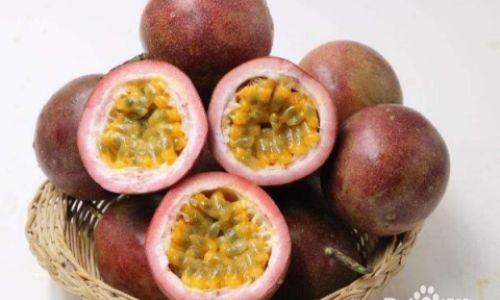
Oven Drying
A controlled alternative for indoor or cooler environments.
Steps:
- Preheat Oven: Set to the lowest temperature (140–170°F/60–75°C).
- Line Trays: Use parchment paper or silicone mats to prevent burning.
- Arrange Peels: Spread evenly, leaving space for airflow.
- Dry: Prop the oven door open with a wooden spoon to release moisture. Check every 30 minutes; peels should be leathery but not brittle (4–8 hours).
Pros: Fast, consistent results.
Cons: Higher energy use, risk of over-drying.
Food Dehydrator
The most efficient method for consistent batches.
Steps:
- Set Temperature: 135°F (57°C) for thin strips; 125°F (52°C) for thicker pieces.
- Layer Peels: Use dehydrator trays with mesh liners.
- Dry: Rotate trays every 2 hours. Drying time: 6–12 hours.
Pros: Precise temperature control, retains nutrients.
Cons: Requires specialized equipment.
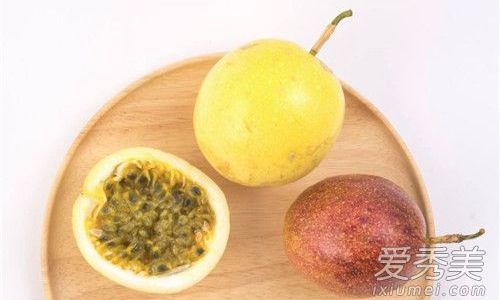
Air Drying (Hanging)
A decorative method for small batches.
Steps:
- Thread Peels: Use a needle to string peels onto twine, spacing 1 inch apart.
- Hang: In a dry, well-ventilated area (e.g., kitchen, garage).
- Wait: Drying time: 2–4 weeks.
Pros: Zero equipment needed, adds rustic charm.
Cons: Slow, prone to dust accumulation.
Signs of Properly Dried Peels
- Texture: Leathery or crisp, with no moisture spots.
- Color: Darkened but not blackened (overcooked peels lose nutrients).
- Weight: Feels lightweight and brittle.
Storing Dried Passion Fruit Peels
- Airtight Containers: Use glass jars or resealable bags.
- Cool, Dark Location: Avoid sunlight to prevent nutrient degradation.
- Shelf Life: 6–12 months when stored properly.
Common Mistakes and How to Avoid Them
- Mold Growth:
- Cause: High humidity or inadequate drying.
- Fix: Use a dehydrator or oven in humid climates. Discard moldy peels.
- Uneven Drying:
- Cause: Overlapping pieces or inconsistent thickness.
- Fix: Slice peels uniformly and rotate trays frequently.
- Burnt Edges:
- Cause: Oven temperature too high.
- Fix: Reduce heat and monitor closely.
Creative Uses for Dried Passion Fruit Peels
Culinary Applications
- Tea: Steep 1 tablespoon of dried peels in hot water for a citrusy, antioxidant-rich beverage.
- Seasoning: Grind peels into powder and mix with sugar or salt for rimming cocktails or seasoning meats.
- Infusions: Add to vinegar or oil for tropical-flavored dressings.
Home and Beauty
- Air Fresheners: Simmer peels with cinnamon sticks for a natural room spray.
- Bath Soaks: Combine with Epsom salts for a fragrant, skin-soothing soak.
- Facial Toner: Brew a weak peel tea to balance oily skin.
Crafts and Decor
- Potpourri: Mix with dried flowers and essential oils.
- Wreaths: Weave peels into eco-friendly holiday decorations.
- Dye: Boil peels to create a golden-yellow dye for fabrics or paper.
Health Benefits of Dried Passion Fruit Peels
- Digestive Health: High fiber content aids digestion and promotes gut health.
- Antioxidant Boost: Polyphenols combat oxidative stress and inflammation.
- Stress Relief: Compounds like alkaloids may have calming effects when consumed as tea.
Frequently Asked Questions
Q: Can I dry passion fruit peels with the pulp still attached?
A: No, residual pulp increases moisture and risk of spoilage. Always remove pulp before drying.
Q: How do I rehydrate dried peels?
A: Soak in warm water for 15–30 minutes until pliable. Use in jams, marinades, or compost.

Q: Are purple and yellow passion fruit peels interchangeable?
A: Yes, but purple peels have a slightly thicker texture and deeper flavor.
Q: Can I dry peels in a microwave?
A: Avoid microwaves, as uneven heating can scorch peels without proper dehydration.
Conclusion
Drying passion fruit peels is a simple, rewarding way to reduce waste and harness the fruit’s full potential. Whether you prefer the slow charm of sun drying or the precision of a dehydrator, this guide equips you with the knowledge to create versatile, nutrient-rich peels. Experiment with flavors, textures, and applications to discover your favorite uses—and enjoy the satisfaction of transforming scraps into gold.
By adopting this practice, you not only elevate your culinary creativity but also contribute to a sustainable kitchen. So next time you slice open a passion fruit, remember: the peel isn’t trash—it’s treasure waiting to be unlocked.
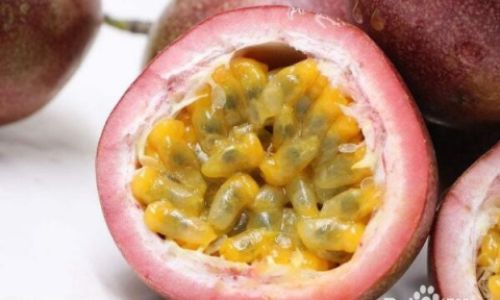


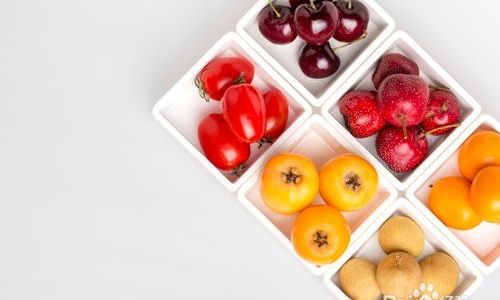
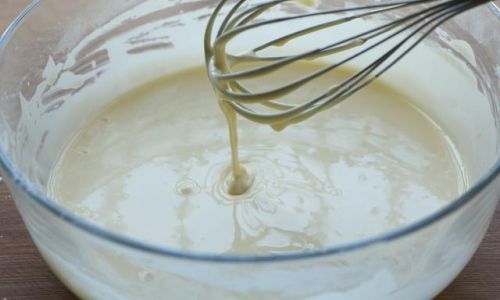

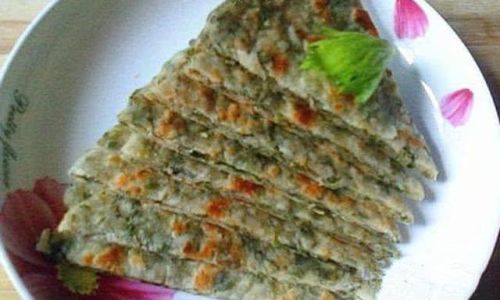
0 comments